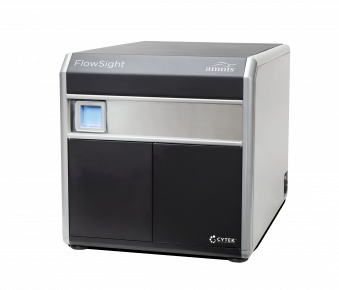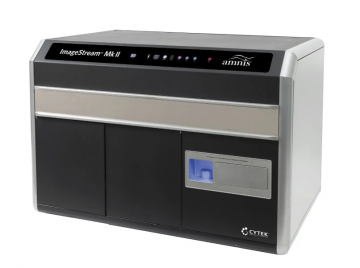Human embryonic stem cell (hESC) derivatives show promise as viable cell therapy options for multiple disorders in different tissues. Recent advances in stem cell biology have lead to the reliable production and detailed molecular characterisation of a range of cell-types. However, the role of mitochondria during differentiation has yet to be fully elucidated. Mitochondria mediate a cells response to altered energy requirements (e.g. cardiomyocyte contraction) and, as such, the mitochondrial phenotype is likely to change during the dynamic process of hESC differentiation. We demonstrate that manipulating mitochondrial biogenesis alters mesendoderm commitment. To investigate mitochondrial localisation during early lineage specification of hESCs we developed a mitochondrial reporter line, KMEL2, in which sequences encoding the green fluorescent protein (GFP) are targeted to the mitochondria. Differentiation of KMEL2 lines into the three germ layers showed that the mitochondria in these differentiated progeny are GFP positive. Therefore, KMEL2 hESCs facilitate the study of mitochondria in a range of cell types and, importantly, permit real-time analysis of mitochondria via the GFP tag. Live cell images of LDS-751 stained hESC were taken using an Amnis ImageStream cytometer.
Read more







































